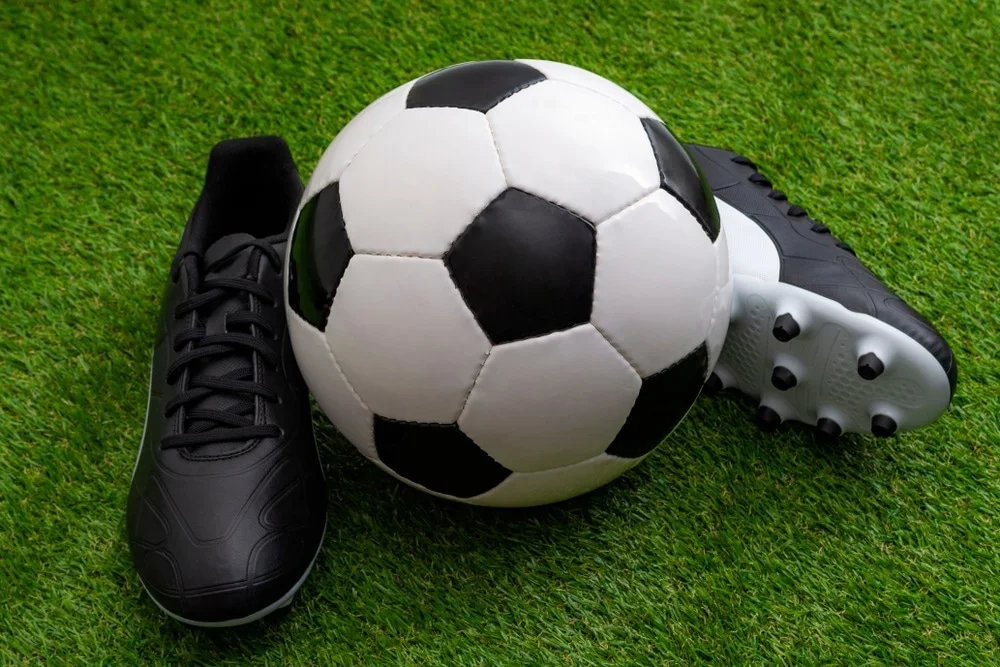Football, known as soccer in some parts of the world, has evolved significantly since its inception. One of the key elements of this evolution is the advancement in football equipment, particularly boots and balls. Understanding the science behind these innovations reveals how they have transformed the game, enhancing performance and safety for players.
The History of Football Boots
Football boots have come a long way from the heavy leather shoes worn by early players. In the late 19th century, players often used ordinary work boots, which were not designed for the rigors of the sport. The introduction of specially designed football boots in the early 20th century marked the beginning of a new era. These early boots featured metal studs for better grip on the pitch, significantly improving players’ performance.
Material Innovations
The materials used in football boots have evolved dramatically over the years. Initially made from thick leather, modern boots utilize synthetic materials that offer several advantages. Lightweight synthetic fibers provide better breathability and flexibility, allowing for more natural foot movement. Additionally, advancements in waterproof materials keep players’ feet dry in various weather conditions, ensuring optimal performance throughout the match.
The Role of Technology in Boot Design
Technological advancements have played a crucial role in the evolution of football boots. Manufacturers now incorporate cutting-edge technologies to enhance performance. For instance, many boots feature lightweight carbon fiber plates that improve energy transfer during play, allowing for quicker acceleration and sharper turns.
Customization and Fit
A significant trend in recent years has been the push for customization. Players can now choose boots tailored to their specific needs, including fit, weight, and traction patterns. Brands have begun offering customizable options, allowing players to select colors, materials, and even personalized insoles for optimal comfort. This level of personalization enhances performance by ensuring that players feel confident and comfortable in their footwear.
The Evolution of Footballs
Just like boots, footballs have undergone significant changes. The early versions of the ball were made from animal bladders covered in leather, which made them heavy and difficult to control. Over time, the design and materials used in footballs have evolved, resulting in lighter, more aerodynamic, and durable options.
Modern Football Construction
Today’s footballs typically consist of multiple layers. The outer layer is made from synthetic materials, which offer durability and weather resistance. Underneath, several layers of foam provide shape retention and cushioning. The design of footballs also incorporates advanced seam technology to reduce water absorption, ensuring consistent performance in various weather conditions.
The Science of Ball Dynamics
The dynamics of footballs have also been studied extensively to enhance performance. Modern balls are designed using advanced aerodynamics, which allows for better flight stability and accuracy. Features such as surface texture and panel shape are engineered to minimize drag and improve control during play.
FIFA Regulations and Technology
FIFA has strict regulations for football design, ensuring that all balls used in official competitions meet specific standards. Each World Cup sees the introduction of a new ball, showcasing the latest technology. For instance, the Brazuca, used in the 2014 World Cup, featured a unique six-panel design that enhanced aerodynamics and control, resulting in a better playing experience.
The Future of Football Equipment
As technology continues to advance, the future of football equipment looks promising. Innovations such as smart footballs equipped with sensors to track performance metrics are on the horizon. These technologies could provide players and coaches with real-time data, allowing for more informed training and strategy development.
Sustainability in Equipment Manufacturing
Another emerging trend is the focus on sustainability. Manufacturers are increasingly exploring eco-friendly materials and production methods, aiming to reduce the environmental impact of football equipment. This shift not only benefits the planet but also appeals to a growing number of environmentally conscious players and fans.
Conclusion
The evolution of football equipment, particularly boots and balls, reflects the sport’s continuous growth and innovation. Advances in materials, technology, and design have transformed how players interact with the game, enhancing performance and safety. As we look to the future, the ongoing development of football equipment promises to revolutionize the game even further, ensuring that football remains a dynamic and exciting sport for generations to come.
